Dishwasher: Comprehensive Buying Guide
Food is a pleasure, one could say a ritual. But just when you have enjoyed your meal, you hear the call of the dishes waiting for... washing!
Don't worry! This guide will help you choose the right dishwasher for your needs, providing you with useful information and tips.
Type and size based on habits
First, you will need to choose which type of dishwasher fits, and mainly fits, in your kitchen.
Dishwashers are divided into 3 types based on their construction and placement:
Built-in
It is placed inside the cabinets, making it part of the kitchen design. Choose it if style and appearance are important to you, and you want to "hide" the appliance. The category is divided into 2 types, the built-in and the fully built-in, with the latter having control buttons inside, to blend visually with the cabinet. Make sure the appliance will fit in the cabinet, checking its size. The most common width is 60 cm. or 45 cm, while the capacity starts from 9 - 12 place settings (ideal for bachelors or couples who don't cook daily) and can go up to 13 place settings (ideal for families). Finally, the above category requires a permanent connection to the water supply, and installation by a professional.
Freestanding
In contrast to the previous category, the freestanding does not fit inside a cabinet, while the installation and connection process to the water supply is simpler. Usually, they are placed low, in a space between cabinets. Many have wheels for easy movement. They, in turn, are divided into small (45 cm width) with a capacity of up to 12 place settings and large (60 cm.
Width) with a capacity of 9-12 or over 13 dishes, which can easily accommodate large utensils such as pots.
Skroutz tip: Most dishwashers have a removable top (lid) to fit in more cabinets.
Countertop
As the title suggests, it is a small capacity dishwasher that is placed on a surface. Its connection to the water supply is much simpler, without the need for tools. Its main advantage is that it does not require a special space in the lower cabinet area of the kitchen. At the same time, due to its position, you do not need to bend down to operate it. The most common width you will find is 55 cm and on average it can accommodate up to 8 dishes.

Noise
Db (decibels) indicate how loud the device is when operating. Depending on your needs, low noise can be important. As a general rule, anything below 45db is relatively quiet, while anything above 50db (the sound of rain, for example) will become less discreet.
Programs
Depending on the temperature, water pressure, and time, dishwashers have different wash programs to meet various needs. Each manufacturer may give different names to each wash function, but the 3 most common ones are:
Automatic: Dishes are washed at 45 - 65 degrees and the wash cycle lasts over 1.5 hours. Ideal for everyday washing.
Intensive: The average temperature is 70 degrees and the wash cycle lasts slightly longer than the automatic program. Ideal for tough cleaning or even sanitizing baby items.
Economy or Green: The temperature drops to 50 degrees and the cycle time exceeds 2 hours. Ideal for cases where you want to reduce power consumption and time is not a concern.
Additional Wash Programs
Many manufacturers offer additional features. The most popular ones are:
Special function for protecting delicate glassware. You can find it as Glass Protect.
Soil sensor to adjust the water based on the level of dirt for energy saving (Sensor).
Half load wash for water and energy saving (Half Load).
Additional Technologies / Features
In addition to wash programs, many new generation dishwashers offer additional technologies to satisfy even the most demanding user. The most common ones are:
WiFi Connectivity
Control your dishwasher from your mobile or smart hub to connect it with your smart home ecosystem.
ExtraDry
Additional drying to avoid the need to hand dry the dishes after washing.
Delay Start
Select the exact time you want the device to start its operation.
It is excellent for cases when you are away from home for several hours or want the washing to start at night.
Favorite Program Storage
It stores the washing conditions (temperature, pressure, drying) you prefer and recalls them with the press of a button.
Skroutz Tip: Don't get lost in the number of functions when choosing the right device, unless they are all necessary for you. It is better to choose a washing machine that supports your daily needs, even if it doesn't have the most extra functions.
Energy Class

Through the above information found on the product label and on our page's filters, you can understand how much power it consumes when used. With the letter A, it indicates the lowest possible consumption.
The other elements found on the energy label are:
- QR code that you can scan for additional information
- The name of the supplier
- The energy consumption of the specific model
- Additional information about the device's features
To learn everything about the recent change in the energy class rating, see this article.
Useful tips for dishwashers
How to clean the dishwasher?
Check out some useful tips below to fully enjoy your dishwasher.
Remember to clean the filter and the rotating arms every 6 months. Finally, do not forget to clean the door seal from food residues at least once a month.
To get rid of odors and residues, first do an empty wash with a cup of vinegar to dissolve all the accumulated fats. Then, do a second wash with baking soda to remove any remaining odor. The above process should be done with hot water (above 60 degrees).
For better cleaning, the detergent needs to be placed in the dishwasher's special compartment and not simply thrown inside the appliance.
Frequently Asked Questions
Skroutz answers the most common user questions about the daily use and installation of dishwashers:
Which dishes should not be put in the dishwasher?
Avoid putting crystal, non-stick, and cast iron dishes, unless recommended by the manufacturer, as the washing process can damage them. Additionally, wooden surfaces, dishes with delicate plastic parts, and sharp knives can be altered by the temperature and operation of the dishwasher.
How long does the dishwasher usually take?
It depends on the program you choose, as well as the technology of the dishwasher. On average, wash cycles last 1.5 to 4 hours, depending on the settings you have defined.
Where is the best place to put the dishwasher in my kitchen?
Preferably, place it as close as possible to your sink. It is easier to connect it to the water supply, while also being close to the dirty dishes in the sink. As for the placement side, choose the opposite side of your dominant hand. That is, if you are right-handed, choose the left side.
Believe us, it will make your life much easier.
So find the best dishwasher for you on Skroutz and say goodbye to dishwashing!







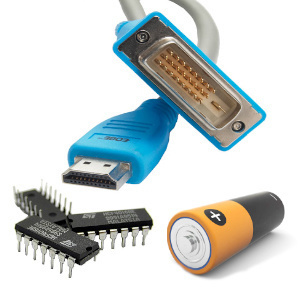

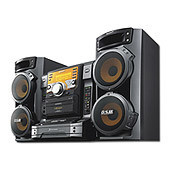


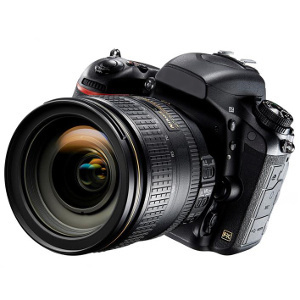
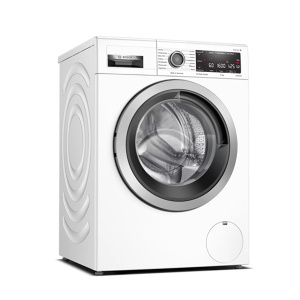
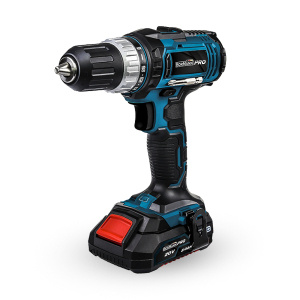
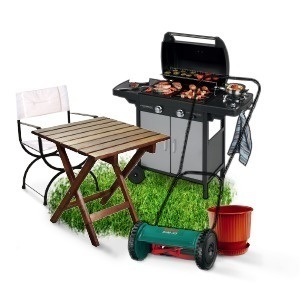



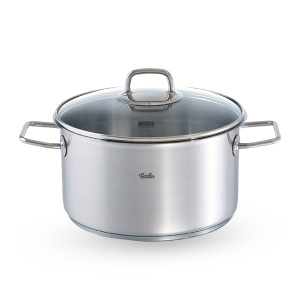




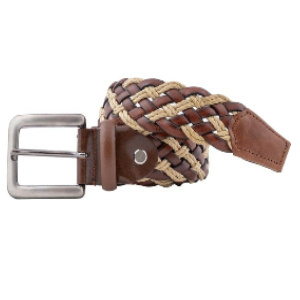

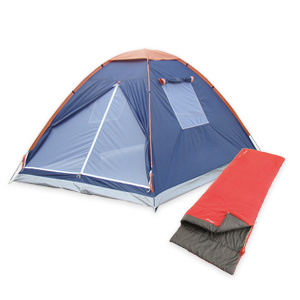



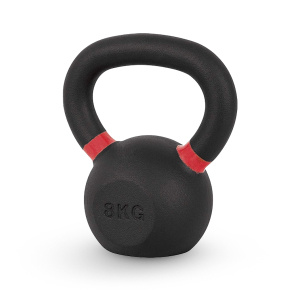
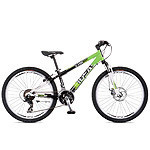

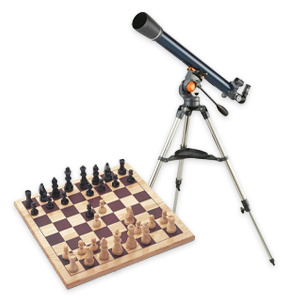











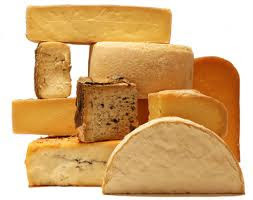





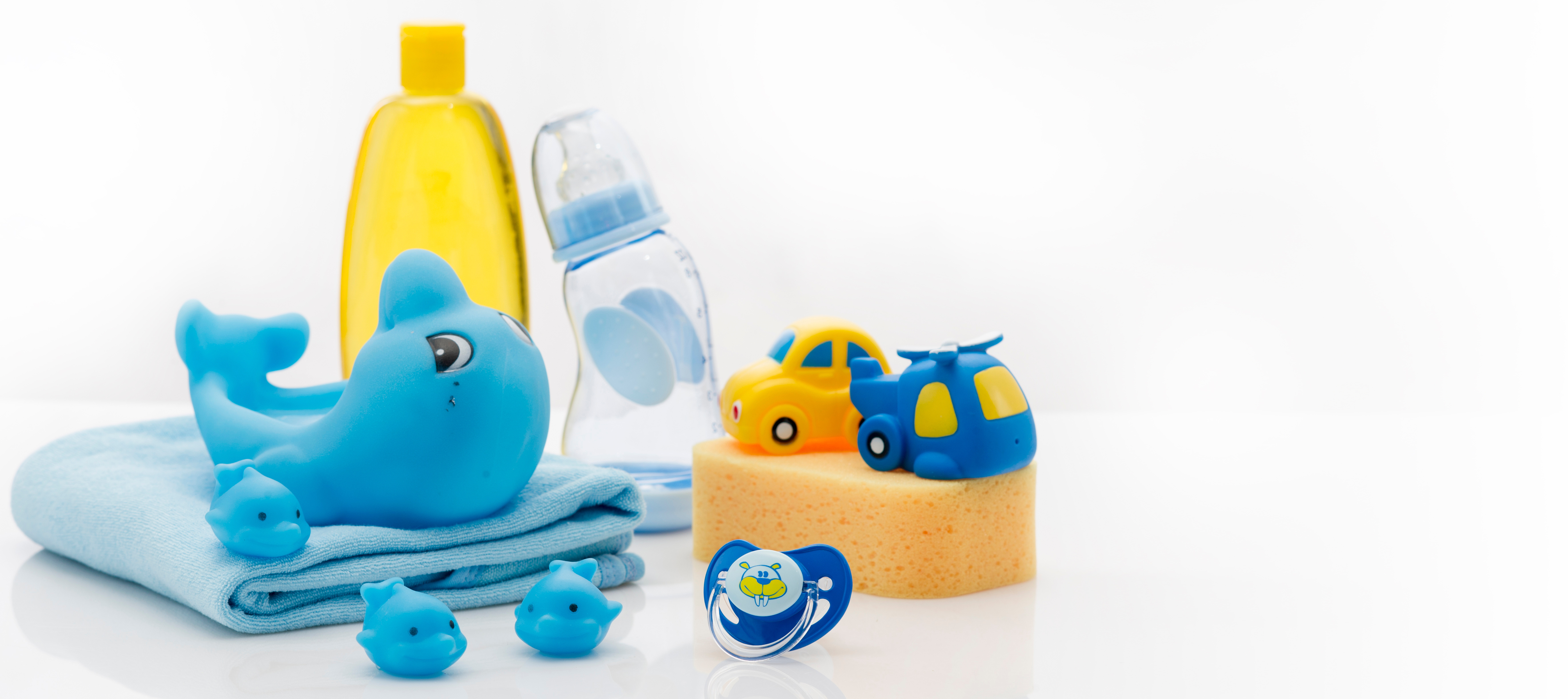
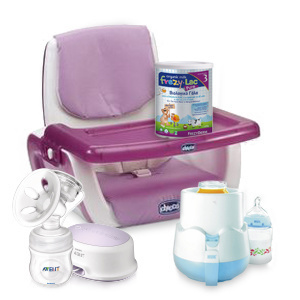
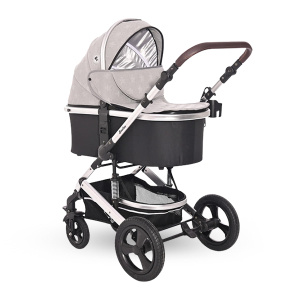




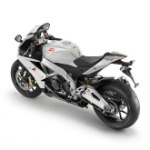


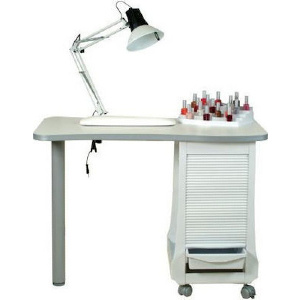
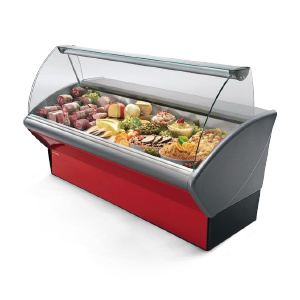

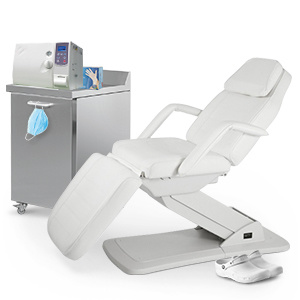
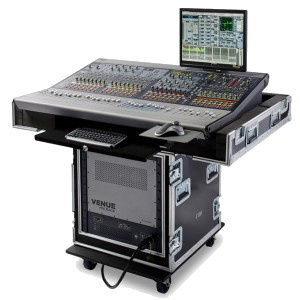









Be the first to leave a comment!